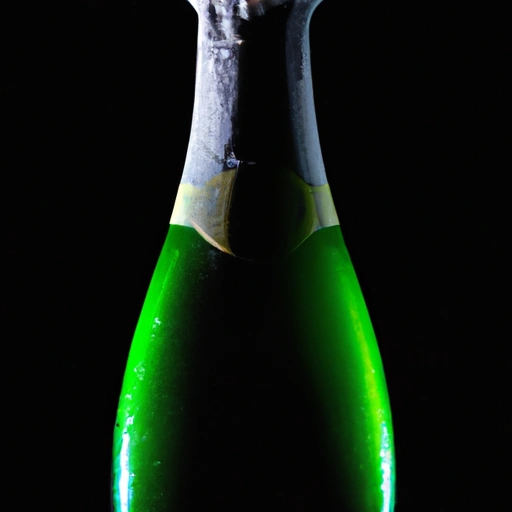Sparkling Wine
Description

Sparkling wine is a sophisticated and effervescent beverage that is often used as an ingredient in a variety of culinary recipes. This fizzy delight is known for its vivacious bubbles and crisp taste, which can add an elegant twist to dishes and desserts. Sparkling wine is produced through a fermentation process that traps carbon dioxide, creating the characteristic bubbles that make it unique.
Common uses
Sparkling wine is commonly used as a celebratory drink for toasts and special occasions. Its versatility also extends to the culinary world, where it can be used in marinades, sauces, and as a deglazing liquid for creating rich and flavorful reductions. In desserts, sparkling wine can be an ingredient in sorbets, fruit salads, and cake batters, imparting a subtle effervescence and flavor complexity.
Nutritional value
Calories
A typical serving of 5 ounces (approximately 150 milliliters) of sparkling wine contains about 90-120 calories.
Protein
Sparkling wine contains negligible amounts of protein, with less than 1 gram per serving.
Fat
There is virtually no fat present in sparkling wine.
Carbohydrates
Depending on the sweetness level, a 5-ounce serving may contain between 1 to 4 grams of carbohydrates.
Vitamins
While not a significant source of vitamins, some types of sparkling wine may contain small amounts of B vitamins.
Minerals
Sparkling wine can provide trace amounts of minerals such as potassium and magnesium.
Health benefits
Moderate consumption of sparkling wine may be associated with certain health benefits, including improved cardiovascular health and antioxidant properties due to the presence of polyphenols found in grapes. However, these benefits should be approached with caution as they depend on consumption patterns and individual health.
Potential risks
Excessive consumption of sparkling wine, like other alcoholic beverages, can lead to negative health effects, including increased risk of chronic diseases, weight gain, and alcohol dependency. It is important to enjoy sparkling wine in moderation.
Common recipes
Sparkling wine can be used in the preparation of festive cocktails, seafood dishes like oysters with a sparkling wine mignonette, or poured over fresh berries for a simple yet elegant dessert.
Cooking methods
It can be incorporated into recipes through poaching, simmering, or as a finishing touch to add a burst of flavor and acidity.
Pairing with other ingredients
When used in cooking, sparkling wine pairs well with light proteins such as chicken and fish, creamy sauces, and fruit-based desserts.
Summary
Sparkling wine is a dynamic and multifaceted ingredient that offers more than just a toast-worthy sip. From enhancing the flavor profile of a dish to contributing to a celebratory atmosphere, it is a staple in both the culinary and social worlds. Whether used in minute quantities for its effervescent quality or as a base for a rich sauce, sparkling wine infuses dishes with a sense of occasion and luxury. Its cultural significance and culinary applications make it an enduring favorite around the globe.